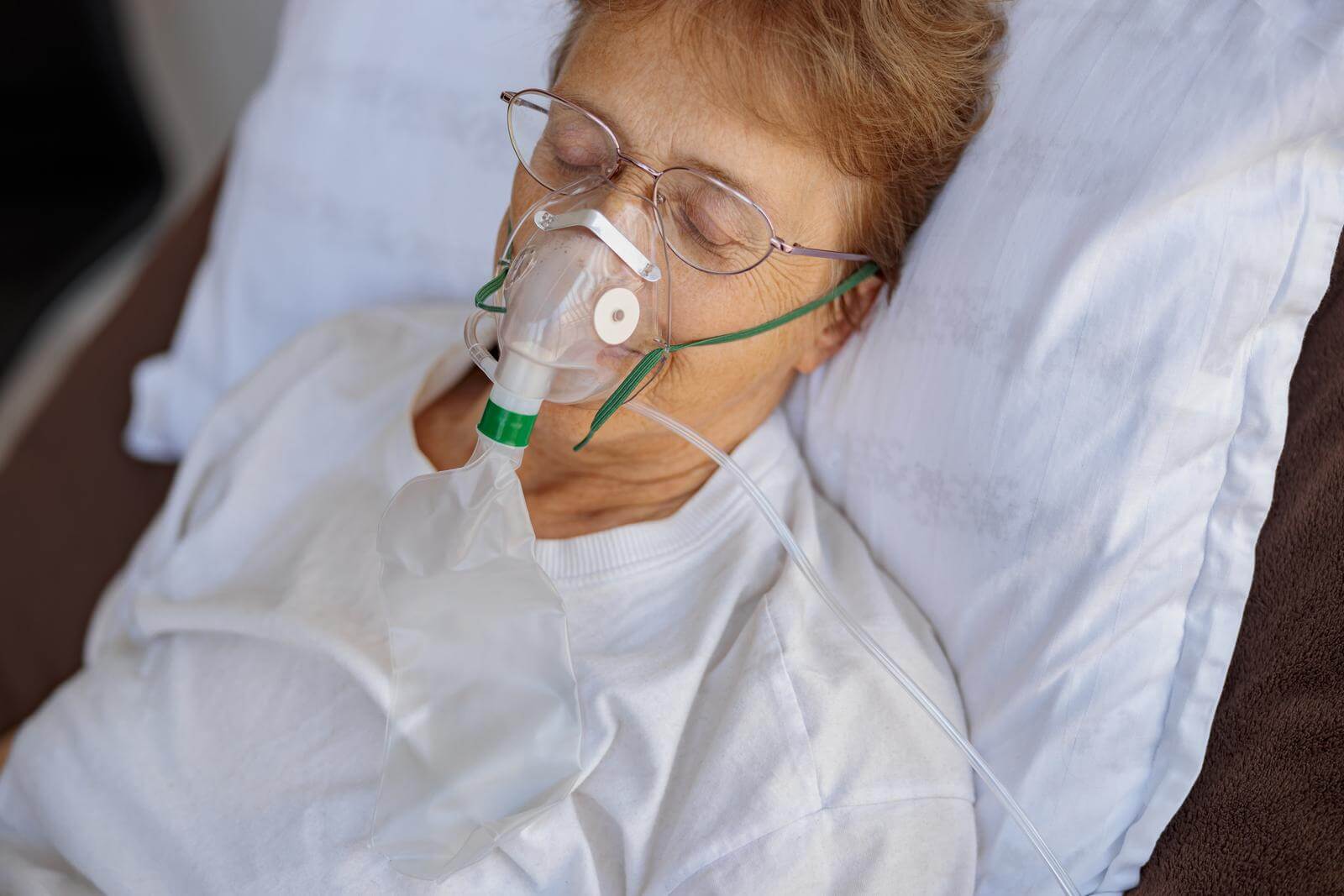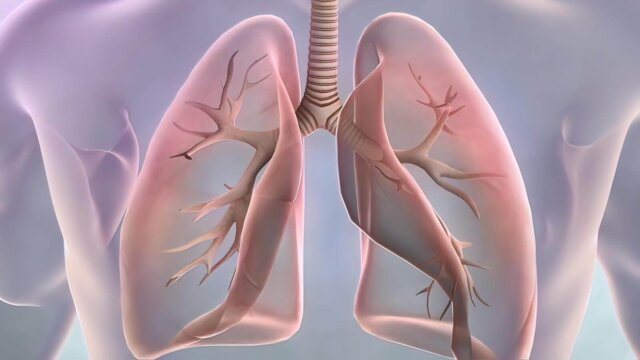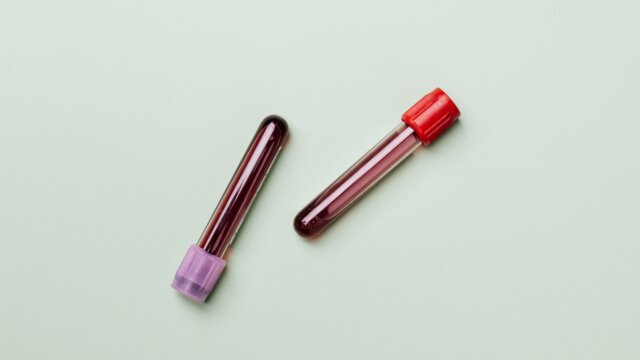FTC disclaimer: This post may contains affiliate links and we will be compensated if you click on a link and make a purchase.
If you have asthma, you know an asthma attack can be a scary experience. Your chest feels tight, you can’t catch your breath, and you may feel like you’re going to pass out.
But don’t panic! There are things you can do to help ease your symptoms and get your asthma under control.
An asthma attack is characterized by the following symptoms: wheezing, coughing, shortness of breath, chest tightness, and difficulty in talking.
What is an Asthma Attack?
An asthma attack is a sudden worsening of asthma symptoms. It can be mild, moderate, or severe. An asthma attack may make it hard to breathe.
If you have asthma, you know what an asthma attack feels like. Your chest feels tight. You can’t breathe. You may feel like you’re suffocating or drowning. Your heart races. You may feel lightheaded or dizzy. You may even feel like you’re going to die.
Asthma attacks can happen at any time. They may be triggered by exercise, cold air, allergies, or other irritants.
If you have asthma, it’s important to know what to do during an asthma attack. Follow your asthma action plan. This plan will help you manage your symptoms and prevent asthma attacks.
You may need to go to the hospital if you have severe asthma. Asthma attacks can be life-threatening.
If you think you’re having an asthma attack, sit up and take slow, deep breaths. Try to stay calm. Don’t smoke or exercise.
Call 911 or your local emergency number if your symptoms don’t improve.
What are the symptoms of Asthma Attacks?
An asthma attack is a sudden worsening of asthma symptoms. It can be mild, moderate, or severe. An asthma attack is also called an asthma exacerbation or an asthma flare-up.
Asthma symptoms include:
- Coughing
- Wheezing
- Shortness of breath
- Tightness in the chest
During an asthma attack, the airways narrow, making breathing harder. This is caused by a combination of things, including:
- Inflammation
- Muscle contraction
- Excess mucus production
- Asthma attacks can be triggered by:
- Allergens
- Cold air
- Exercise
- Irritants
- Respiratory infections
- Stress
- Weather changes
Asthma attacks generally peak within 10 to 20 minutes but can last for hours or even days.
What causes Asthma Attacks?
An asthma attack is a sudden worsening of asthma symptoms. An asthma attack can be very frightening. It may start slowly or come on suddenly and get worse very quickly.
Many things can cause asthma attacks.
- Allergens such as pollen, dust, mold, or pet dander
- Respiratory infections such as the common cold or flu
- Exercise
- Cold air
- Emotional stress
- Smoke, including secondhand smoke
- Air pollution
- Gastroesophageal reflux disease (GERD)
- Some medicines, such as beta blockers
How to prevent asthma attacks
If you have asthma, you can take steps to prevent asthma attacks. These steps include:
- Taking your asthma medicine as prescribed
- Avoiding triggers that can cause an asthma attack
- Creating an asthma action plan with your doctor
- Getting a flu shot every year
- Wearing a mask when you’re around triggers such as pollen or smoke
What to do in an Asthma attack?

What to do in an asthma attack depends on the intensity of the asthma attack. In case of an asthma attack, it is recommended that you follow the guidelines that are mentioned below:
Try to stay calm
First, try to stay calm. Asthma attacks can be frightening, but it’s important to stay calm.
Taking deep breaths and staying calm can help you focus on what you need to do to get your asthma under control.
Sit up straight
Sitting up straight will help you breathe more easily. If you can, prop yourself up with pillows to help you sit up straighter.
Inhale the rescue medicine
When the patient suffers from an asthma attack, he or she should immediately inhale the rescue medicine to provide relief from breathing difficulties.
The rescuer inhaler contains bronchodilator medications that relax the constricted airways.
Sit down and loosen the tight clothing.
The patient should sit down and loosen the tight clothing. The patient should not lie down.
Move where the air is cleaner.
Get to an area where the air is cleaner. If you’re having an asthma attack, try to get to an area where the air is cleaner, such as outdoors or in a room with an air purifier.
Continue Taking puffs of the rescuer inhaler.
If the patient does not show any significant improvement, he should continue taking puffs of the rescuer inhaler every minute for five minutes or till the symptoms improve.
Call the doctor immediately (Call 911)
If the patient’s condition does not improve even after taking puffs of rescuer medications for five minutes, one should call the doctor immediately.
One should continue taking puffs of the reliever inhaler every minute till help arrives.
In the meantime, here are a few other things you can do to help ease your symptoms:
- Drink a glass of cool water or sip on a cold drink.
- Place a cool, damp cloth on your forehead.
- Try to take slow, deep breaths.
- Move to a cool, airy room.
- Avoid strenuous activity.
Only take rescuer medication during an Asthma attack
It should be noted that during an asthma attack, the patient should only take rescuer medications.
The patient should not consume preventer medications at the time of the attack because these medications will not provide any relief as they are used to reduce inflammation of the airways.
They do not act as bronchodilators; hence, they do not affect the constriction of airways.
Check the breathing rate.
One should check the breathing rate using a peak flow meter several times when a patient suffers from an asthma attack.
The green light indicates that the breathing is 80-100% normal; this means that the patient is out of danger and is a good sign.
The yellow light indicates that the breathing is 50-80% normal; therefore, the patient needs asthma medications such as rescue inhalers.
Red light indicates that the breathing is less than 50% of normal, indicating that the patient needs intense medications and immediate medical help from a doctor.
Severe Asthma Attack Symptoms
What to do in an asthma attack also depends on whether the attack is severe or mild. It should be noted that an asthma attack can be an emergency situation if the patient shows the following symptoms:
- Intense wheezing occurs while exhaling as well as inhaling
- Continuous coughing
- The great difficulty in breathing
- Tachypnea(breathing becomes very fast)
- Retraction: when the patient inhales, the chest starts sucking below the ribs or the neck.
- Shortness of breath: the patient starts gasping for breath
- The patient finds it difficult to talk
- The patient becomes pale, anxious
- The patient develops blue lips or fingernails called cyanosis.
Therefore, all the above-mentioned symptoms indicate the patient suffers from a severe asthma attack.
To handle a severe asthma attack, the patient should be immediately hospitalized. It should be noted that cyanosis is life-threatening, indicating that the patient’s blood is severely deficient in oxygen.
Therefore, if the patient does not receive timely medical attention in the intensive care unit of the hospital, the patient will lose consciousness and eventually die.
What to do in an asthma attack is a question that needs to be answered elaborately when asked by an asthma patient.
One should always remember that the asthma patient should try to remain calm and not panic, as it can worsen the asthma attack.
Treatment during Asthma Attack
Mild asthma attacks can often be treated at home with over-the-counter (OTC) medications, such as bronchodilators. Bronchodilators are drugs that relax the muscles around the airways and open them up. This makes it easier to breathe.
Moderate and severe asthma attacks may require emergency treatment. Emergency treatment may include:
- Oxygen therapy
- IV fluids
- Medications, such as systemic corticosteroids
If you have asthma, it’s important to have a written asthma action plan. This plan will outline what you should do in the event of an asthma attack.
If you think you’re having an asthma attack, follow the instructions in your asthma action plan. Call 911 or go to the nearest emergency room if your symptoms don’t improve or worsen.
Conclusion
Asthma attacks can be scary, but there are things you can do to help yourself feel better. If you have an asthma attack, stay calm, sit up straight, take your asthma medication, and call your doctor if your asthma attack doesn’t start to improve.
If you have asthma, it’s important to see your doctor regularly and to have an emergency plan in case of an asthma attack. You can manage your asthma and live a healthy, active life with proper treatment and care.








